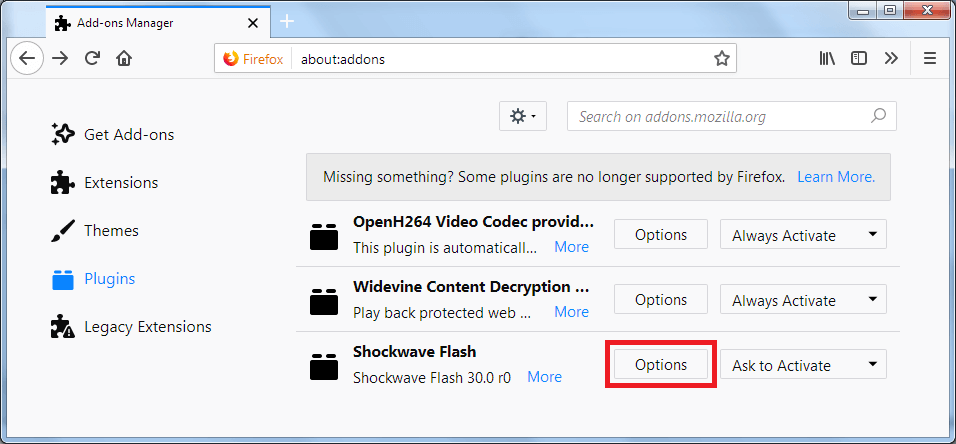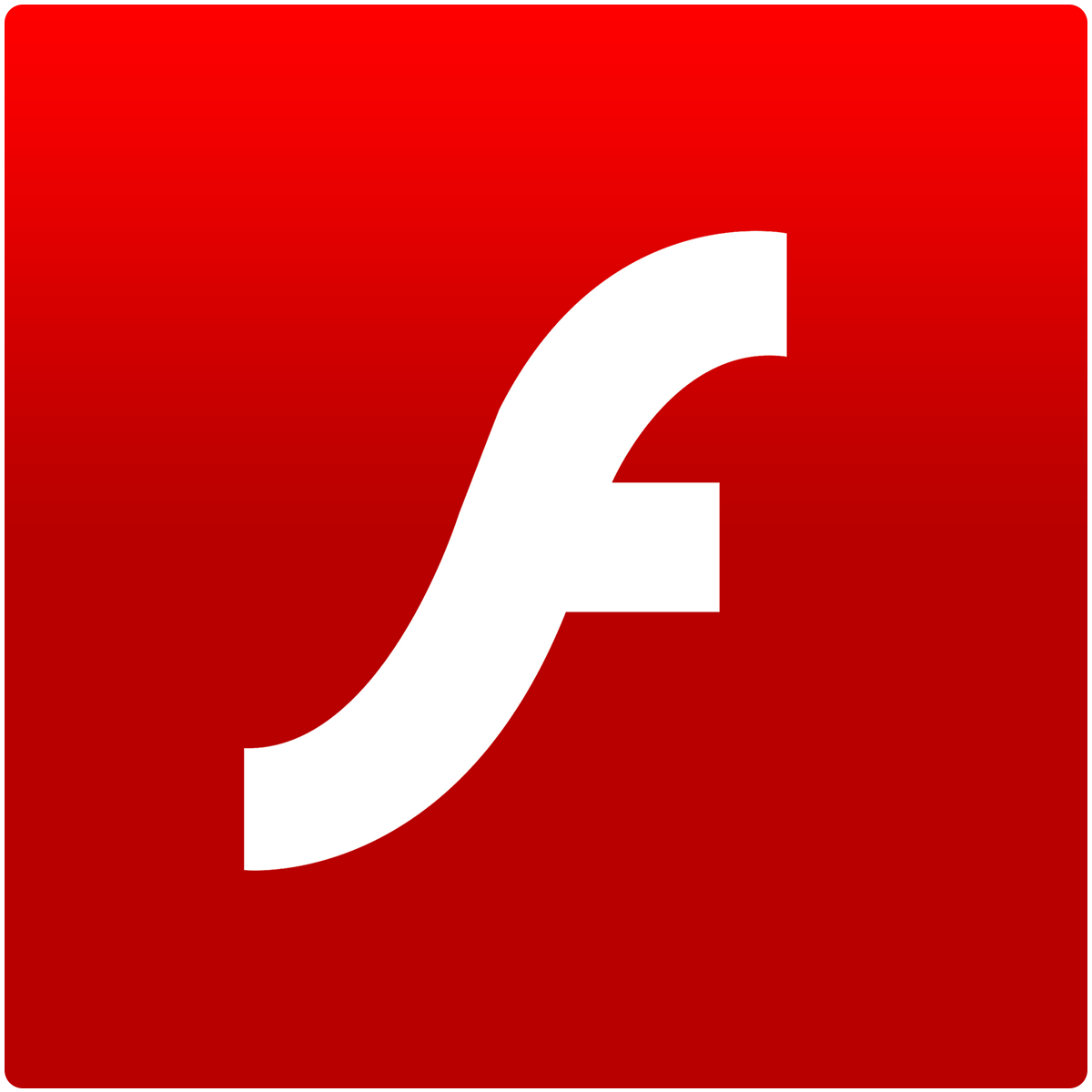
- #REMOVING ADOBE PLUGIN FOR FIREFOX HOW TO#
- #REMOVING ADOBE PLUGIN FOR FIREFOX FOR MAC OS#
- #REMOVING ADOBE PLUGIN FOR FIREFOX INSTALL#
- #REMOVING ADOBE PLUGIN FOR FIREFOX ANDROID#
- #REMOVING ADOBE PLUGIN FOR FIREFOX SOFTWARE#
Note: On Windows, the Flash plugin is detected via plugin scanning. If the Flash plugin is disabled, click the "Enable" button to enable the plugin.

#REMOVING ADOBE PLUGIN FOR FIREFOX SOFTWARE#
How you go about uninstalling Flash on Linux depends on how you installed it in the first place.įor example, if you’re using Ubuntu, Linux Mint, or Debian and you installed it from the software repositories, you can uninstall it by running the following commands in a terminal. RELATED: Using Firefox on Linux? Your Flash Player is Old and Outdated! If you’re not sure whether you have Flash installed on your Mac and you don’t want it, just download the uninstaller and try to uninstall it. Run the uninstaller to remove Flash from your Mac. To uninstall these Flash plug-ins on a Mac, visit Adobe’s website and download the Flash plug-in uninstaller. There’s an NPAPI plug-in for Safari and Firefox, as well as a PPAPI plug-in for Opera and Chromium.
#REMOVING ADOBE PLUGIN FOR FIREFOX FOR MAC OS#
Uninstall all the plug-ins beginning with “Adobe Flash Player.”Īdobe provides two different Flash plug-ins for Mac OS X, too. You’ll see any Flash plug-ins you have installed here. Visit the Control Panel and view your list of installed programs. Depending on the browsers you use and the Flash plug-ins you’ve installed, you may have one ore more of these on your system. There’s an ActiveX plug-in for Internet Explorer, an NPAPI plug-in for Firefox, and a PPAPI plug-in for Opera and Chromium.

Scroll down to the bottom of the Settings panel and click “View advanced settings.” Set the “Use Adobe Flash Player” slider to “Off.”Īdobe offers three separate Flash player plug-ins for Windows. To disable it, click the menu button in Edge and select Settings. Microsoft Edge includes a built-in Flash plug-in, too - in fact, this is the only browser plug-in Edge can even run. You can also disable the built-in Flash plug-in via group policy. To disable the built-in Flash plug-in for Internet Explorer on modern versions of Windows, open Internet Explorer, click the gear menu, and select “Manage add-ons.” Click the Show box and select “All add-ons.” Locate “Shockwave Flash Object” under “MIcrosoft Windows Third Party Application Component,” select it, and click the Disable button. This is used by both different Internet Explorer browsers on Windows 8 and 8.1, as well as the Internet Explorer browser on Windows 10. Starting with Windows 8, Microsoft now bundles a Flash plug-in along with Windows. Internet Explorer on Windows 8, 8.1, and 10 Click the “Disable” link under the Adobe Flash Player plug-in. To disable it, plug chrome://plugins/ into Google Chrome’s location bar and press Enter. Note that Chrome will also use any PPAPI Flash plug-ins you’ve installed system-wide.
#REMOVING ADOBE PLUGIN FOR FIREFOX HOW TO#
RELATED: How to Enable Click-to-Play Plugins in Every Web Browser Chrome on Windows, Mac OS X, Chrome OS, and LinuxĬhrome includes a bundled Flash plug-in on all the platforms it supports. If you’d like to disable this plug-in, you have to do it from within Chrome’s settings.

At the very least, you should enable click-to-run for Flash content so it doesn’t automatically run on web pages you visit.
#REMOVING ADOBE PLUGIN FOR FIREFOX INSTALL#
If you need Flash for something, you may want to only install Flash for a specific browser and leave it disabled in your main browser. If necessary, you can reinstall Flash later. Even if you do need Flash right now, there’s a good chance you won’t need it at all in a few years. You may find you don’t need Flash at all after you uninstall it.
#REMOVING ADOBE PLUGIN FOR FIREFOX ANDROID#
Modern mobile platforms like Android and Apple’s iOS don’t offer Flash support at all, and that’s slowly pushing Flash out of the web. Flash is much less necessary than it’s ever been.


 0 kommentar(er)
0 kommentar(er)
